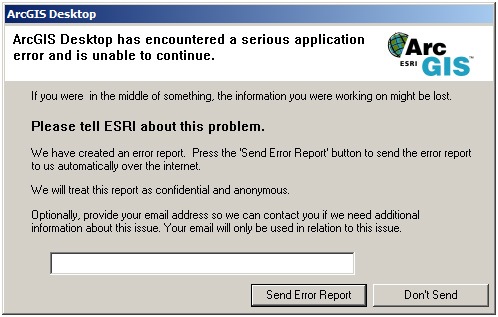Weird one, right? To being, I am not able to log on to
Second Life. This is for Wednesday's class. I was able to sign up as SuperJackWhitmore, as what I believe to be in the guise of a 60's VW Beetle. I plan to turn it into
Herbie from the Disney motion picture "
The Love Bug" featuring
Dean Jones. This assumes that I can actually get onto Second Life.
You see I have a program on my computer called Peer Block. I don't know what other people use it for, but it is interesting to see other ip addresses that are pinging you. CNN goes nuts, Fox News doesn't, very strange. What is really strange was how Second Life made Peer Block go bananas. I try to log on and I get to a screen known on the internet as the
Regional Hand Shake, or
The Reginald Hand Shake. The Regional Hand Shake looks like this:
And it does this:
This is happening on a Windows 7, 64 bit machine. Meanwhile, Peer Block is doing this:
The wild thing is that I have it set up so Linden Lab (Second Life) IP's can go through this wall permanently, but still no dice. So many IP's, Someone does not like Linden Lab. This is a known
issue. It got me thinking though.
Second Life and other virtual public/private spheres (things like public commons, community engagement, even private material), do not allow for the user to be truly anonymous. This could negate a function of
anomie. Louis Wirth's 1938 “
Urbanism as a Way of Life,” makes a case for the ability of the city or urban area to move the individual so far out of the rural context of community, that their lives are now fundamentally changed as a result. For Wirth, this change leads to Durkheim's notions of anomie. What does that mean?
It means that because community becomes so diminished in an urban area, social deterioration can occur. The reason why is due to the individual no longer having contact with a distinct community. Imagine living in a farm community back in the nineteenth century compared to a city. This relates to being anonymous in real life. In a city you don't interact with people the same way as in tight knit communities, it is more commercial transactions than conversations. People don't have to know who you are in the city for you to survive, no so much in small communities (except maybe survivalists, and those with lots of money).
With Second Life requiring the user identify themselves (at least to some extent), I am thinking it would encourage some kind of restraint on the user. Is restraint appropriate, especially for participation purposes? Imaging a plan meeting. Wouldn't it change user responses in such a way that the people who actually engage with the physical outcome, a building or some other kind of real property, may be overruled by people who fundamentally aren't engaged with the same level of community? Something seems flawed.
Sources in order of use:
http://secondlife.com/
http://en.wikipedia.org/wiki/Herbie
http://www.imdb.com/title/tt0064603/
http://www.imdb.com/name/nm0427894/
http://community.secondlife.com/t5/Second-Life-Server/Region-handshake/td-p/988977
http://community.secondlife.com/t5/Account/no-regional-hand-shake/qaq-p/1343355
http://forums.peerblock.com/read.php?3,5246
http://sociology.socialsciencedictionary.com/Sociology-Dictionary/ANOMIE
http://periplurban.org/blog/wp-content/uploads/2008/06/wirth_urbanismasawayoflife.pdf OR:
Wirth, L. (1938). Urbanism as a Way of Life. American Journal of Sociology,44(1), 1-24.





